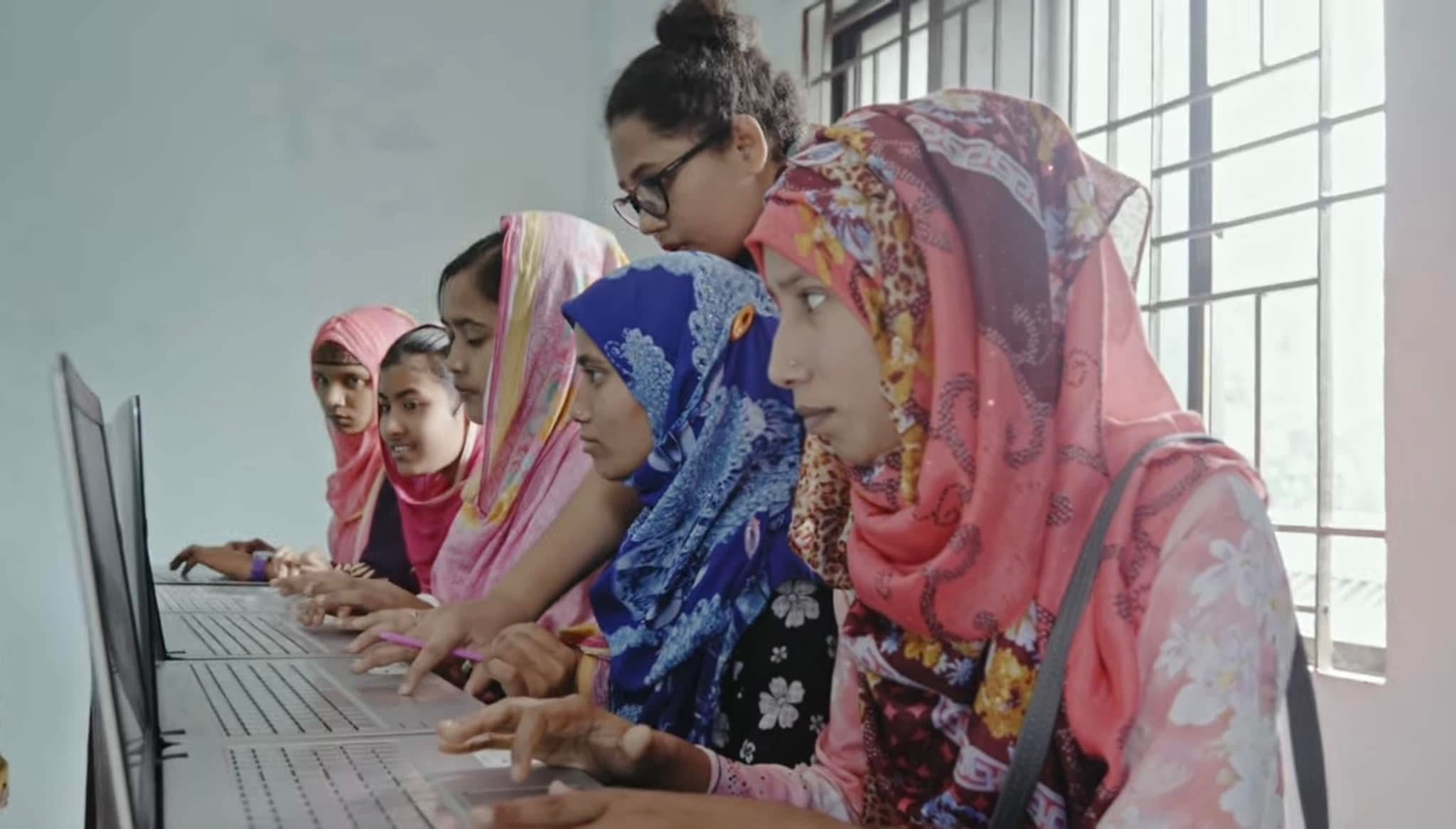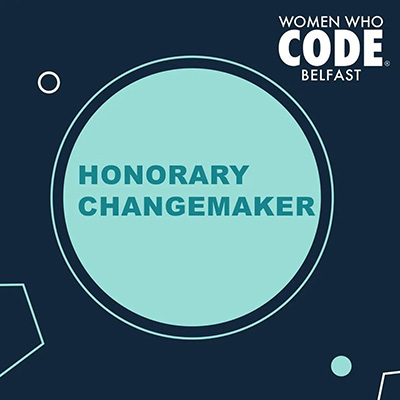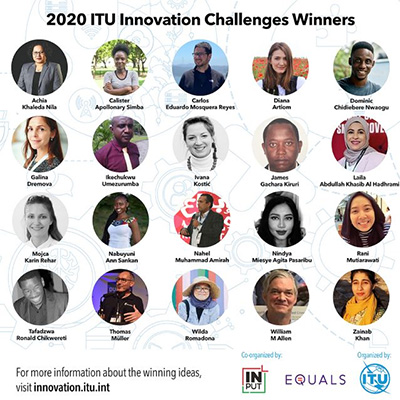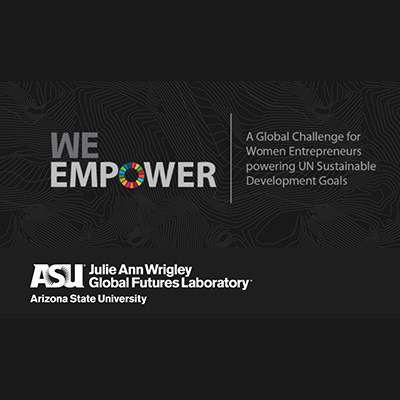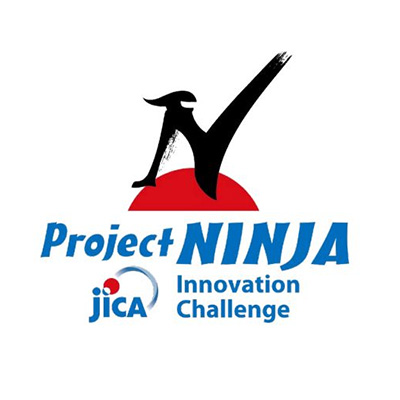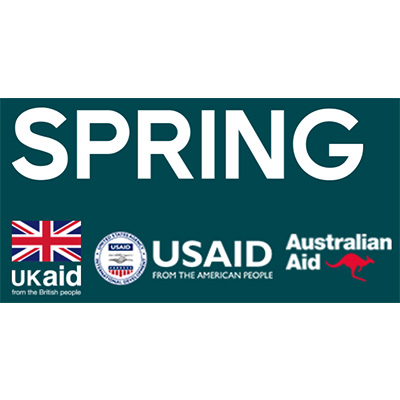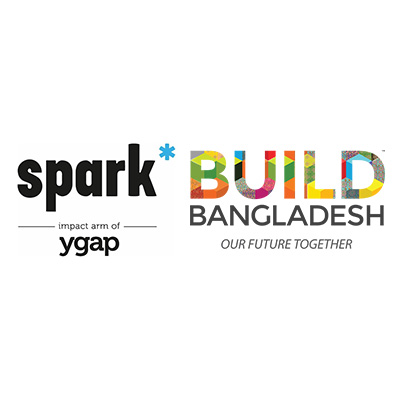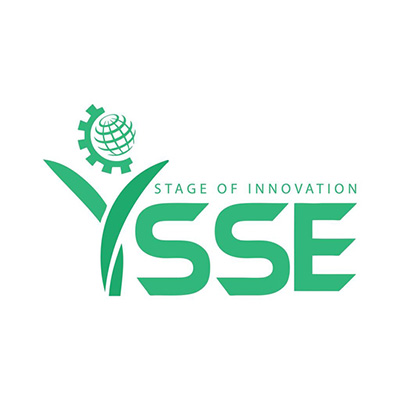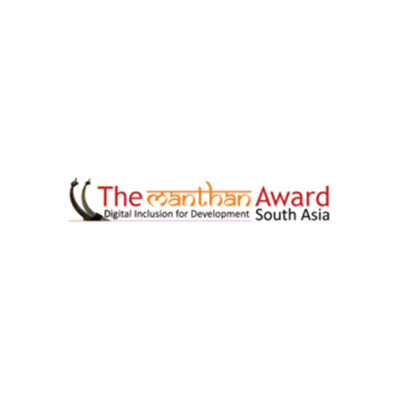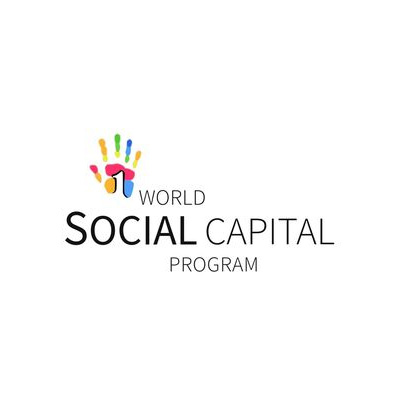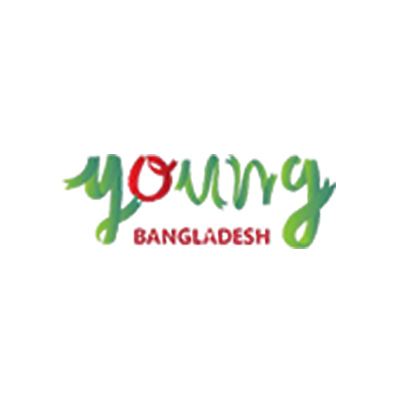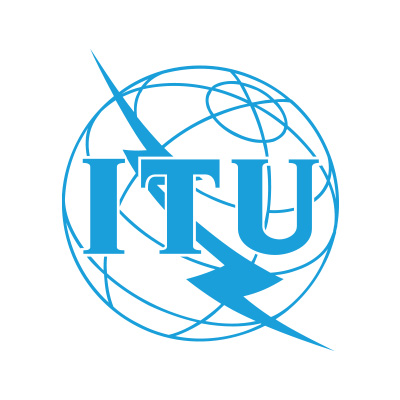International Mother Language Day: Celebrating Linguistic Diversity and Cultural Heritage
![Online Violence Against[..]-Image](https://achianila.com/storage/uploads/blogs/ZTK7b7x43QwEjRkTnMfaUqEdkelJpEHMjnn6enAa.jpg)
Overivew
International Mother Language Day: Celebrating Linguistic Diversity and Cultural Heritage
Introduction International Mother Language Day, observed on February 21st each year, is a celebration of linguistic and cultural diversity. Established by UNESCO in 1999, the day honors the right to use one's native language and highlights the importance of multilingualism in fostering global understanding and inclusivity.
History and Significance The roots of International Mother Language Day trace back to Bangladesh, where on February 21, 1952, students in Dhaka sacrificed their lives advocating for the recognition of Bengali as one of the official languages of then-East Pakistan (now Bangladesh). Their bravery led to the eventual recognition of Bengali as an official language and later inspired the global movement for linguistic rights.
The people of Bangladesh fought tirelessly for their linguistic rights in what became known as the Language Movement. When the government of then-East Pakistan attempted to impose Urdu as the sole state language, protests erupted across the country. On February 21, 1952, students and activists organized demonstrations, and police opened fire on peaceful protesters, killing Salam, Rafiq, Barkat, Jabbar, and many others. Their sacrifice ignited a national movement that ultimately led to the recognition of Bengali as one of the state languages in 1956. This struggle became a defining moment in Bangladesh's history and later played a crucial role in the country's liberation in 1971.
In acknowledgment of this historical event, UNESCO declared February 21st as International Mother Language Day to promote linguistic and cultural diversity and protect endangered languages.
The Importance of Language Diversity Languages are more than just communication tools; they are carriers of culture, identity, and history. Preserving linguistic diversity helps maintain cultural heritage, fosters social cohesion, and enhances cognitive and educational development. However, with globalization, many indigenous languages face extinction, threatening the rich tapestry of human civilization.
Challenges to Linguistic Diversity
Language Endangerment: Over 40% of the world's languages are at risk of disappearing, according to UNESCO.
Educational Barriers: Many children are unable to receive education in their mother tongue, affecting literacy and learning outcomes.
Digital Divide: The dominance of a few global languages online marginalizes smaller languages, limiting access to digital resources and representation.
Promoting and Protecting Mother Languages Governments, organizations, and communities can take significant steps to safeguard linguistic diversity:
Bilingual and Multilingual Education: Encouraging mother-tongue-based education ensures better learning and preserves languages.
Language Documentation and Revitalization: Recording and promoting endangered languages through dictionaries, digital platforms, and storytelling projects.
Policy Advocacy: Governments should implement policies that support linguistic rights and promote the inclusion of diverse languages in public services and media.
Conclusion International Mother Language Day serves as a reminder of the sacrifices made for linguistic rights and the need to cherish and protect all languages. The people of Bangladesh demonstrated immense courage in their fight to preserve the Bengali language, and their struggle remains an inspiration for linguistic movements worldwide. By promoting language diversity, we uphold cultural identity, strengthen education systems, and contribute to a more inclusive and interconnected world.
Let us celebrate our mother languages and commit to preserving the voices of all communities for future generations!


